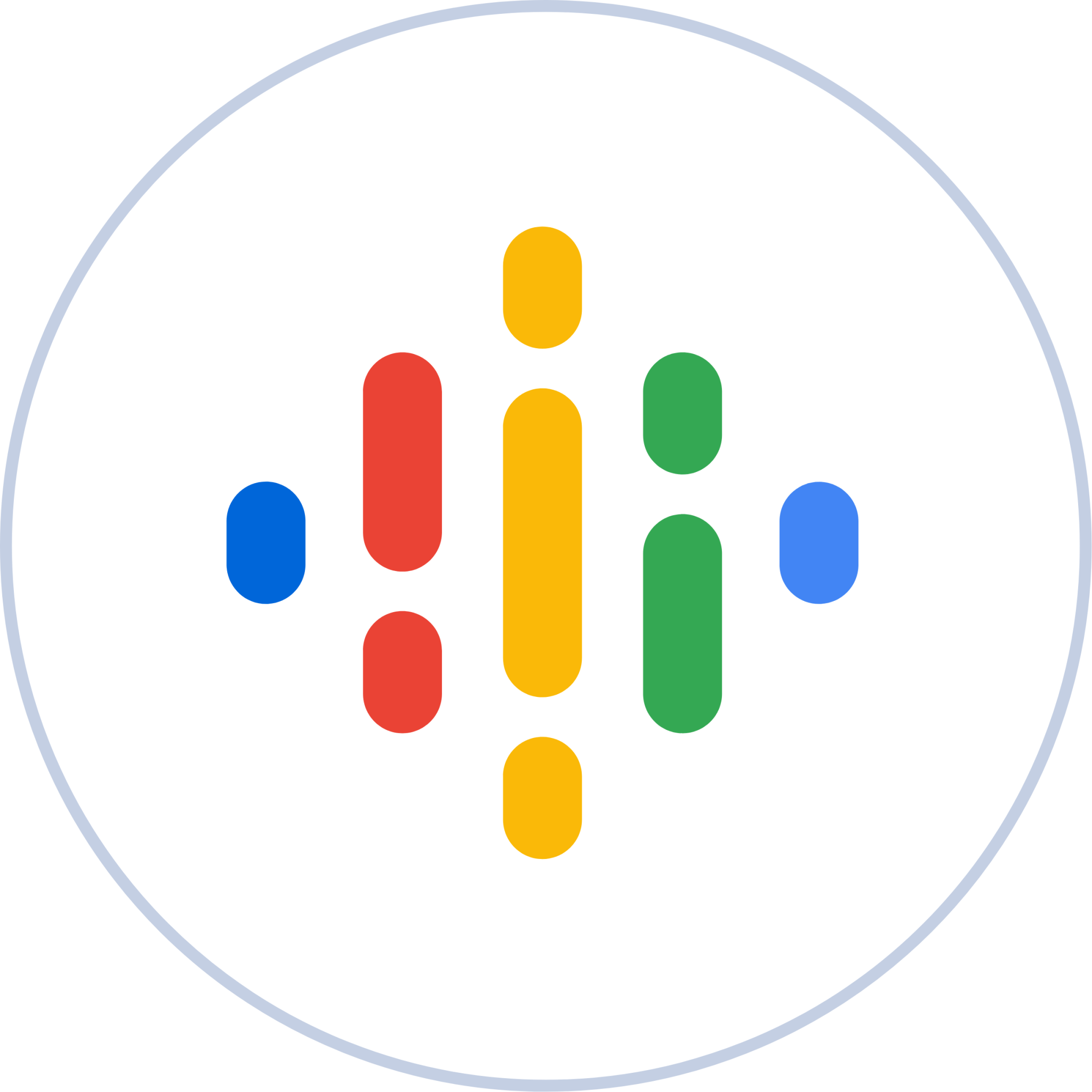Listen on
How Kelly Builds a Sustainable Competitive Advantage With Technology
Kelly has been helping organizations find the people they need for over 70 years. Saying that business and work models have radically changed in this period would be an understatement. Yet, Kelly remains one of the world’s most successful staffing and recruiting firms. So, what’s the secret to the firm’s sustainable competitive advantage in the industry?
During our annual conference in DC, Kelly’s VP of Digital Transformation, Tim Pröhm, sat down with Avature CEO, Dimitri Boylan, to break down the nuances of today’s imperative for Kelly’s and any business’ survival and success: digital transformation. More specifically, digital transformation in HR, as talent is Kelly’s area of expertise.
The way Kelly navigates this paradigm shift is a testament to the firm’s evolution throughout its history: they embrace change, adopt technology and leverage it in innovative ways. In this conversation with Boylan, Pröhm shared some of the most valuable digital transformation lessons Kelly collected during its journey.
Lesson 1: Build A Bridge Between Business and IT
Coming from a recruiting background and having transitioned into the technology side of the business, Pröhm started the conversation by explaining that business and IT need to work in harmony for any transformation to be successful. However, the historical chasm between the two functions can hinder this objective.
There is really that disconnect between the two functions because while the business has a good understanding of what they need to do, very often they don’t really understand how technology can help to make them make the job better. And on the other hand, IT is often very structured but does not really understand the business side of the equation.”
Tim Pröhm
Vice-president of Digital Transformation, Kelly
Pröhm explained how the business function often wants to increase headcount to solve specific pain points, especially in organizations with legacy processes. While IT could recommend a technology-driven solution that maximizes the existing resources, they often fail because they don’t know what the business needs.
To close this gap, Kelly has introduced business analysts, who sit in the middle of both functions. These specialists have a good understanding of both business and IT and can act as liaisons.
However, within Kelly, these business analysts have a rather holistic view that goes beyond knowing the immediate impact of each point solution. Having a comprehensive understanding of business needs, market trends and technology capabilities, they can identify new potential efficiency gains or ways in which technology can deliver greater ROI.
Here, Boylan pointed out how he sees more and more of this role in his conversations with enterprise organizations looking to implement Avature to transform their HR programs. He added how this role incorporates concepts from digital product design.
At Avature, we originally sold a lot to the business. As we started selling bigger and bigger systems, we started selling sometimes to the IT organization. More and more now we seem to be interacting with another group that is a more digital services group. There are a lot of different names for them, but to me, it seems more like digital product design.”
Dimitri Boylan
Avature CEO
According to Tim, this digital-first mindset is what gives Kelly the power to redesign its operating models to truly become digital, which in turn leads to agility and differentiation for the organization.
Lesson 2: Digital Transformation Doesn’t Happen Overnight
When it comes to digital transformation, Kelly nurtures its expertise from multiple sources:
- The learnings from its own transformation journey.
- Notions from relevant disciplines, such as digital product design.
- The experience gained from supporting companies as they start or progress in their digital transformations.
In the competitive market that we are in, this rich combination of insights is one of the factors that sets Kelly apart and up for success.
We have one team that wears multiple hats where there are certain roles that focus more on the customers and other roles that focus more on the internal populations. But my experience is that if you have people boxed in and only focusing on specific challenges or specific functions, then you’re going to eliminate the opportunity for cross-pollination. When we go out and build something for a specific customer, we can also apply that learning internally. That’s a win-win situation. So having this dynamic and making sure that people understand that there are multiple user groups and customer groups that we need to serve makes us much more flexible and much more agile.”
Tim Pröhm
Vice-president of Digital Transformation, Kelly
Both Pröhm and Boylan are well aware of the challenges companies usually face when embarking on their HR transformation initiatives. Some of the main ones they see are significant delays in technology implementation projects, mostly due to customers’ lack of process definition and how to configure them, a strong sense of urgency and unrealistic expectations about timelines and results.
Rather than an end destination, digital transformation is a journey. Because of this, they strongly recommend working with consulting services when facing such a significant change. This, they agree, helps organizations set concrete goals, get educated on the extent and impact of the transformations they’re about to undergo and ultimately be better prepared to capitalize on them.
With our customers, with our prospects, we’ve started to say to them: ‘While you’re thinking about what product to buy, could you work with either us or someone else to start sorting out your business processes and sort of define what you want inside your transition, that you want to come now, what you want to come later?’ Because it seems there is this sense that you want to sort of tuck everything into the implementation. And if you try to do that, you really push out your delivery dates.”
Dimitri Boylan
Avature CEO
It’s important to have these conversations from the beginning and explain how things are going to grow and that certain efficiencies might not happen before year three, four or five so that the customer understands that it’s basically an evolution and it’s a journey.”
Tim Pröhm
Vice-president of Digital Transformation, Kelly
Lesson 3: It’s Not Just About the Technology
With technology becoming so readily available, Pröhmand Boylan stressed the importance of differentiation. At the end of the day, everybody can buy and deploy a solution. The real question is how to get the most out of the technology and constantly tweak it to unlock new and more creative use cases.
I think differentiation is an essential thing that we have to do these days to succeed. And I think that that’s part of what digital transformation is about. It’s continuous improvement, it’s differentiation so that what you offer was valuable enough to set you apart.”
Dimitri Boylan
Avature CEO
Pröhm provided a specific example of how Kelly looked beyond the traditional use cases of Avature ATS and CRM to find differentiation opportunities.
With a dedicated team managing Avature configuration, Kelly has the agility to adjust processes and change outcomes as needs shift, which is critical in today’s dynamic landscape. They even deliver completely new solutions, some of which they use internally and others that they take to market. The constant search for improvement and differentiation drives Kelly’s sustainable competitive advantage.
We knew that, from an outsourcing perspective, there were always customer requirements that would come in as the project or the program would evolve. And I think this is where Avature was super important for us because it gave us the flexibility to change things on the fly. That’s the flexibility that we looked for because everything is evolving all the time. There is no static process that you hardcode into a system and then you run it for ten years. These times are over. You need to have flexibility, you need to be agile.”
Tim Pröhm
Vice-president of Digital Transformation, Kelly
The conversation inevitably transitioned to Generative AI, a topic that took the business and HR worlds by storm in 2023 and frequently comes up when Avature and Kelly are talking to customers.
Generative AI’s potential to revolutionize HR and recruitment operations is undeniable. However, while there is no question that it is a “sea change,” both Pröhmand Boylan agreed that Generative AI should be seized responsibly to realize actual value for the HR function, which means cutting through the hype.
There is a huge amount of hype, and to some extent, you have to go and cut down some of that hype. We have to deploy things that are gonna add value in the short term, the medium term and the long term. We have to distinguish between those and you can’t implement hype.”
Dimitri Boylan
Avature CEO
Final Thoughts
Digital transformation has many components, with technology being the one that tends to get all the attention. However, to truly make the most of technology, it should be paired with a mindset that ensures organizations can identify new opportunities and reinvent their operations to remain competitive.
Kelly is living proof. In a context where everything changes quickly, Kelly continues to generate a sustainable competitive advantage through technology, differentiation and constant improvement, with over 200 digital transformation initiatives still underway. As Pröhm said, digital transformation can be challenging, but “right now is the perfect time.”






